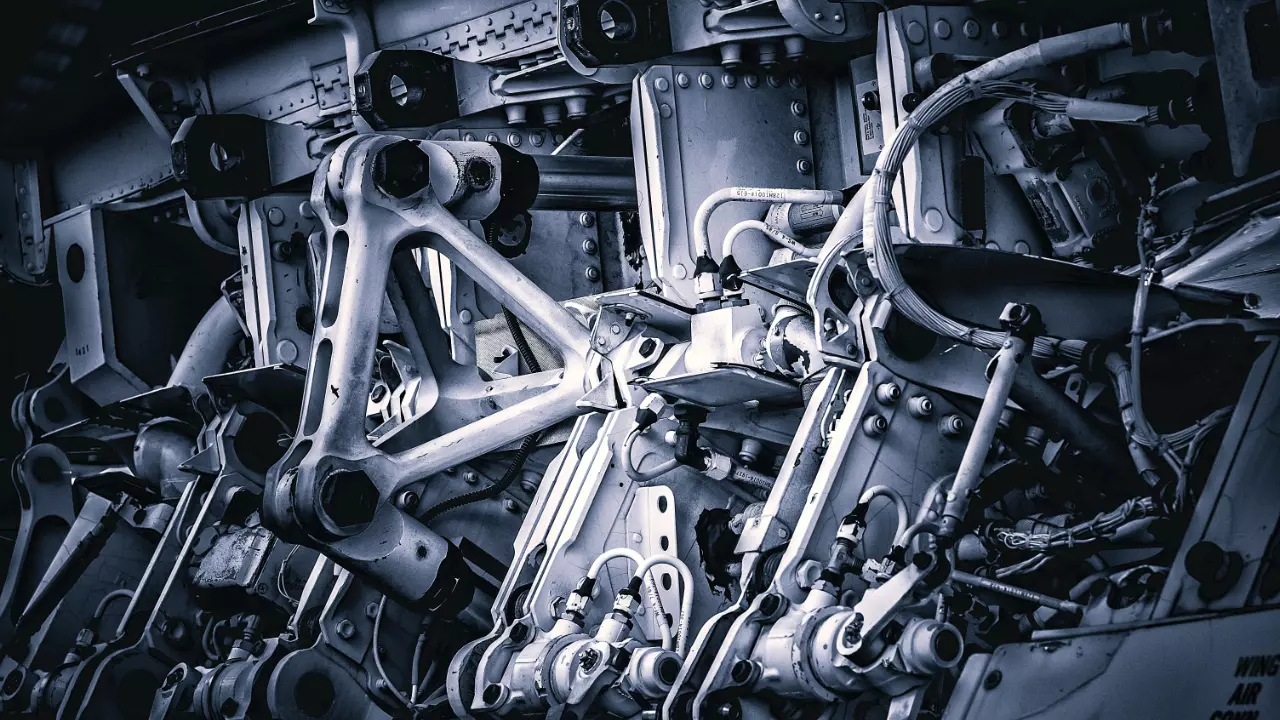What is the difference between Zea and 3D CAD software?
So, you're a 3D CAD pro and you're probably thinking, "Why would I need an app like Zea to create 3D illustrations?" Well, let's break it down. We're...
1 min read
Michael Smith
:
Mon, Jun 19, '23
A substitute part may be used in place of the specified part in a specific assembly. A substitute part relationship is specific to the assembly where you create the relationship.
Continuing the alternate parts example, an M10 X1.25, grade 2 bolt may be used instead of an M10 X 1.25, grade 8 bolt in a specific assembly where the extra bolt strength is not critical. The grade 2 bolt is a substitute for the grade 8 bolt in the specified assembly. With substitute parts, you'll want to specify the following:
You want to replace a predecessor part with a successor part. You model this replacement strategy as a supersession chain with one item. The item consists of one predecessor part and one successor part.
A substitute part refers to a part that can be used in place of the original part in an assembly. This substitution occurs when the primary part becomes unavailable, due to supply chain disruptions, discontinuation, or cost considerations.
Substitute parts are essential for ensuring uninterrupted manufacturing operations and minimizing downtime. When the primary part is not accessible or practical, manufacturers can identify and utilize a substitute part that fulfills the same function or purpose within the product assembly.
Choosing a suitable substitute part involves carefully evaluating of various factors, such as compatibility, functionality, quality, and cost-effectiveness. Engineers and procurement teams collaborate to assess alternatives, conducting thorough testing and analysis to ensure that the substitute part meets the required specifications and performance standards.
Integrating a substitute part may require adjustments to the manufacturing process, as the substitute component may have slight differences in dimensions, materials, or characteristics compared to the original part. Therefore, engineers must evaluate any potential impacts on product performance, assembly procedures, and overall quality to ensure seamless integration of the substitute part into the production line and any downstream impacts the substitution may have on after-sales.
Substitute parts allow manufacturers to continue production without disruption, meet customer demands, and avoid delays or costly production halts. By carefully selecting and incorporating suitable substitutes, companies can maintain operational efficiency, uphold product quality, and deliver on their customer commitments.

So, you're a 3D CAD pro and you're probably thinking, "Why would I need an app like Zea to create 3D illustrations?" Well, let's break it down. We're...

Keeping the illustrations in the interactive part catalogue representative of the product shipped to the customer is essential to a great customer...

Unlike substitutes that can only replace a part in a specific part structure, alternates can serve as a replacement for a part in every part...